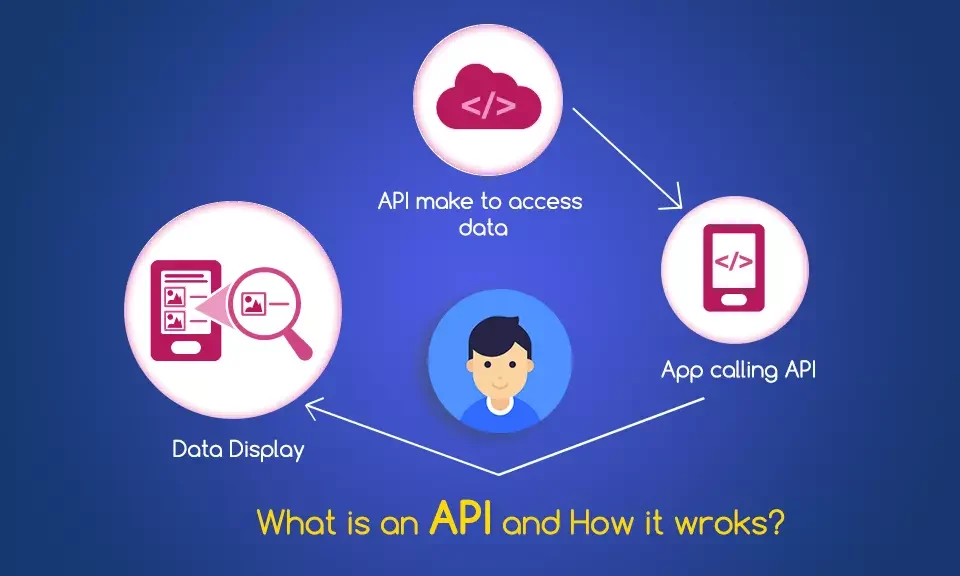Best Programming Language for Beginners to Learn
July 28, 2025
The Future of AI: Trends and Applications
July 28, 2025Understanding data structures is essential for writing efficient code. Developers use them to store, organize, and manage data effectively. Instead of focusing only on syntax, programmers should learn how these structures affect performance and memory usage. With proper knowledge, they can solve problems faster and design scalable software applications.
In 2025, companies actively look for developers who understand not just coding but also how data flows inside applications. Strong knowledge of data structures often decides success in technical interviews and real-world projects. Here are the top five data structures every developer should know to improve problem-solving skills and career growth.
1. Arrays
Arrays are the simplest data structures and store elements of the same type in continuous memory locations. Developers can access elements directly using their index, which makes arrays extremely fast for lookups. For example, an array works well when storing student marks or inventory lists. However, since arrays have a fixed size, they are less flexible if the data changes frequently.
2. Linked Lists
Linked lists connect nodes through pointers, allowing dynamic memory usage. Unlike arrays, they do not require continuous memory, which makes them ideal for scenarios with frequent insertions and deletions, such as managing browser history. Although linked lists require slightly more effort to implement, they provide excellent flexibility and memory efficiency.
3. Stacks
Stacks work on the Last In, First Out (LIFO) principle. Developers often compare stacks to a pile of plates, where the last plate you put on top is the first one you remove. Stacks are widely used in undo features, expression evaluation, and function call management. You can implement them using either arrays or linked lists, depending on your project needs.arrays or linked lists.
4. Queues
Queues follow the First In, First Out (FIFO) principle, meaning the first element added is the first one to be removed. Think of a ticket counter line: the person who arrives first gets served first. Queues are widely used in scheduling tasks, managing requests in web servers, and breadth-first search algorithms in graphs. Variants like circular queues and priority queues add more advanced capabilities for specific use cases.
5. Hash Tables
Hash tables, also known as hash maps, store data in key-value pairs, allowing extremely fast data retrieval. They use a hash function to map keys to memory locations. This makes them perfect for scenarios like database indexing, caching, and fast lookups. Hash tables are one of the most important data structures used in modern programming because they combine speed with flexibility.
Why Mastering Data Structures Matters
Mastering these five data structures is critical for technical interviews and real-world development. They form the basis of many algorithms, from sorting and searching to graph traversal. A strong understanding of data structures helps developers write code that performs well under heavy load, reduces memory usage, and scales with user demands. Platforms like Chatrashala Digital Skills and GeeksforGeeks provide free resources to learn and practice these concepts.
Conclusion
Data structures are not just theoretical concepts; they are practical tools that every developer must master. By understanding arrays, linked lists, stacks, queues, and hash tables, you gain the ability to solve problems efficiently and design robust software systems. Whether you are preparing for interviews, competitive programming, or building large-scale applications, knowledge of data structures will always give you an edge in your coding journey.





